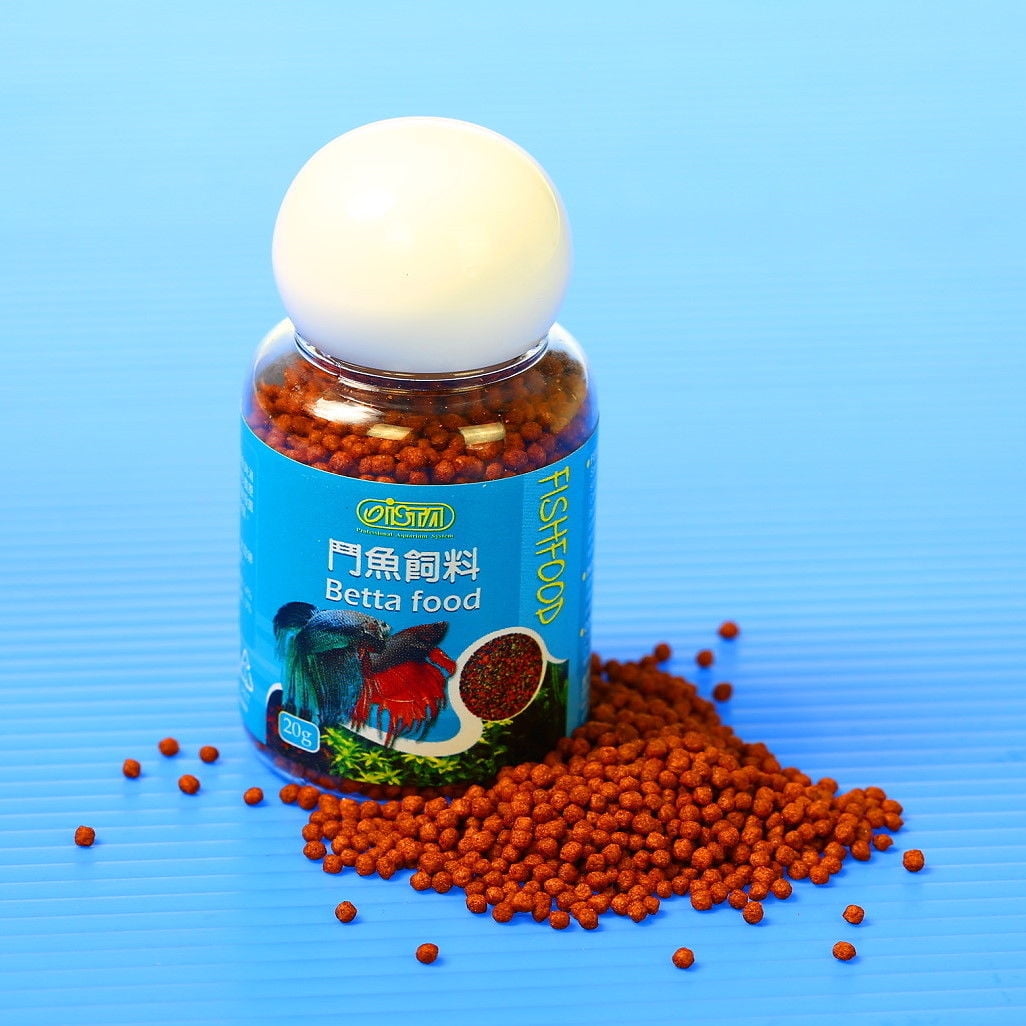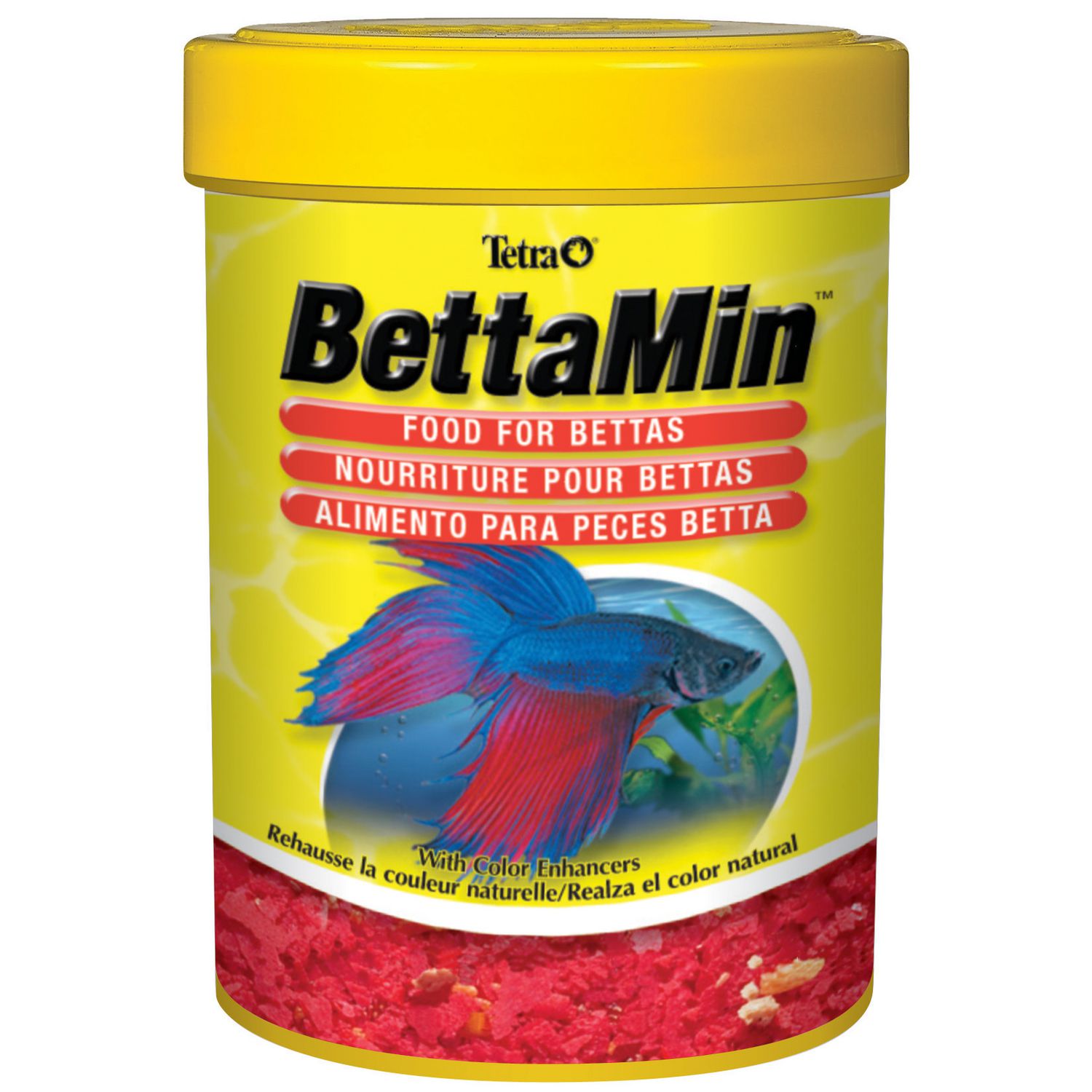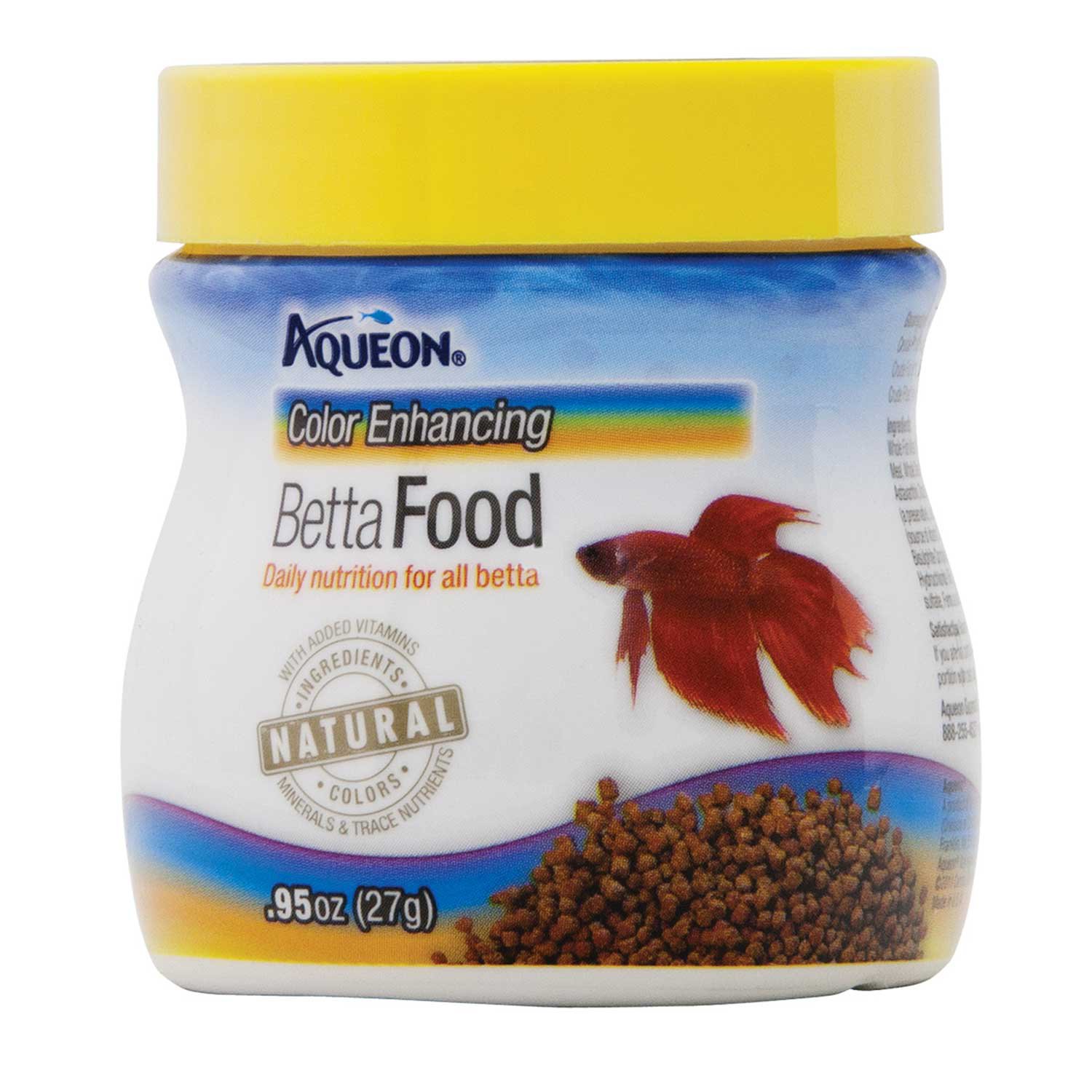Betta food is a crucial aspect of keeping your betta fish healthy and vibrant. Understanding their nutritional needs, choosing the right type of food, and following proper feeding practices are essential for their well-being. This comprehensive guide will delve into the world of betta food, providing you with the knowledge and insights to ensure your betta thrives.
From exploring the specific nutritional requirements of betta fish to comparing the various types of food available, this guide covers everything you need to know about betta food. We’ll also discuss special dietary considerations, food storage and handling techniques, and the benefits and risks of feeding live food.
By the end of this guide, you’ll be equipped with the knowledge and skills to make informed decisions about your betta’s diet.
Nutritional Requirements of Betta Fish
Betta fish, known for their vibrant colors and flowing fins, have specific nutritional needs that must be met to maintain their health and well-being. A balanced diet is crucial for optimal growth, development, and overall vitality.
Protein
Protein is essential for building and repairing tissues, producing enzymes, and transporting nutrients throughout the body. Betta fish require a diet high in protein, with a minimum of 40% of their daily calories coming from this macronutrient. Excellent protein sources for betta fish include live foods like brine shrimp, bloodworms, and daphnia, as well as high-quality commercial betta pellets.
Fat
Fat provides energy and helps absorb vitamins. Betta fish require a moderate amount of fat in their diet, around 10-15% of their daily calories. Good sources of fat for betta fish include live foods and commercially prepared betta foods that contain fish oil or other healthy fats.
Carbohydrates
Carbohydrates are a source of energy for betta fish, although they are not as essential as protein and fat. Betta fish can digest some carbohydrates, such as those found in cooked vegetables or fruits. However, they should not be a significant part of their diet.
Vitamins and Minerals
Vitamins and minerals are essential for overall health and well-being. Betta fish require a variety of vitamins and minerals, including vitamin A, vitamin D, vitamin C, calcium, and magnesium. These nutrients can be obtained from a balanced diet that includes live foods, commercial betta foods, and occasional supplements.
Consequences of Nutritional Deficiencies
Nutritional deficiencies can lead to a variety of health problems in betta fish, including stunted growth, poor coloration, lethargy, and increased susceptibility to disease. A balanced diet is essential for preventing these deficiencies and ensuring the long-term health of betta fish.
Types of Betta Food
Betta fish have specific nutritional needs that must be met through their diet. There are several types of betta food available, each with its own nutritional value, convenience, and cost.
Pellets
Pellets are the most common type of betta food. They are small, dry pieces of food that are made from a variety of ingredients, including fish meal, shrimp meal, and vegetable matter. Pellets are convenient to feed and store, and they are relatively inexpensive.
However, pellets can be difficult for some bettas to eat, especially if they are small or have a small mouth. Additionally, pellets can be high in carbohydrates, which can lead to weight gain if fed in excess.
Flakes
Flakes are another common type of betta food. They are small, thin pieces of food that are made from a variety of ingredients, including fish meal, shrimp meal, and vegetable matter. Flakes are easy to feed and store, and they are relatively inexpensive.
However, flakes can be messy to feed, and they can also be high in carbohydrates. Additionally, flakes can be difficult for some bettas to eat, especially if they are small or have a small mouth.
Frozen Food
Frozen food is a great option for bettas because it is high in protein and low in carbohydrates. Frozen food can include brine shrimp, bloodworms, and daphnia. Frozen food is more expensive than pellets or flakes, but it is a healthier option.
However, frozen food can be difficult to store and thaw, and it can also be messy to feed.
Live Food
Live food is the most natural option for bettas because it is what they would eat in the wild. Live food can include brine shrimp, bloodworms, and daphnia. Live food is high in protein and low in carbohydrates, and it is also a great source of vitamins and minerals.
However, live food can be difficult to obtain and store, and it can also be expensive. Additionally, live food can carry parasites, so it is important to quarantine it before feeding it to your betta.
Feeding Frequency and Portion Size

Establishing an appropriate feeding regimen is crucial for the well-being of betta fish. The optimal frequency and portion size depend on factors such as their age, size, and activity level. Understanding these factors ensures your betta receives adequate nutrition without overfeeding.
Determining Optimal Feeding Frequency
- Young Betta (Less than 6 months old):Feed 2-3 times daily, as their metabolism is faster.
- Adult Betta (6 months and older):Feed 1-2 times daily, depending on their activity level.
- Inactive Betta:Feed once daily.
- Highly Active Betta:Feed twice daily.
Determining Appropriate Portion Size
Avoid overfeeding by determining the appropriate portion size for your betta. As a general rule, the amount of food should be equivalent to the size of their eye.
- Small Betta:2-3 pellets or a small pinch of flakes
- Large Betta:4-6 pellets or a slightly larger pinch of flakes
Remember: Overfeeding can lead to obesity and health problems. Observe your betta’s feeding behavior and adjust portion sizes as needed.
Special Dietary Considerations
Betta fish may face specific health conditions that require adjustments to their diet. Understanding these conditions and selecting appropriate food can help ensure their well-being.
Digestive issues, such as constipation or bloating, can be managed by providing foods high in fiber and avoiding foods that are difficult to digest. For allergies, identifying the specific allergen and eliminating it from the diet is crucial.
Digestive Issues
- Constipation:Feed foods rich in fiber, such as brine shrimp, daphnia, or vegetable-based flakes.
- Bloating:Avoid foods that are high in fat or protein, and opt for live foods or frozen brine shrimp.
Allergies
- Identifying Allergens:Observe the fish for any reactions after feeding different foods. Common allergens include wheat, corn, and soy.
- Elimination Diet:Remove potential allergens from the diet and gradually reintroduce them one at a time to identify the trigger.
Food Storage and Handling

Proper storage and handling of betta food are crucial to preserve its nutritional value and prevent spoilage. Improper handling can also introduce contaminants or disease-causing organisms that may harm your betta.
Storage Methods, Betta food
- Store in a cool, dry place:Keep betta food in a sealed container at room temperature (around 68-77°F or 20-25°C) away from direct sunlight or heat sources.
- Avoid moisture:Moisture can cause food to spoil quickly. Ensure the container is tightly sealed and store it in a moisture-free environment.
- Use within recommended time frame:Most betta food manufacturers provide an expiration date or a “best by” date on the packaging. Adhere to these guidelines to ensure the food remains nutritious and safe for consumption.
Handling Tips
- Wash hands before handling:Always wash your hands thoroughly before handling betta food to prevent the introduction of bacteria or other contaminants.
- Avoid overfeeding:Measure the food portions accurately to avoid overfeeding, which can lead to water quality issues and health problems for your betta.
- Remove uneaten food:Uneaten food can decompose and pollute the water. Remove any uneaten food after 5-10 minutes to maintain water quality.
Live Food for Betta Fish
Live food offers a diverse and nutritious diet for betta fish, enhancing their natural feeding instincts and providing essential nutrients. However, it’s crucial to be aware of both the benefits and risks associated with feeding live food.
Benefits
- Enrichment and Stimulation:Live food, such as brine shrimp or daphnia, provides mental and physical stimulation, encouraging betta fish to exhibit their natural hunting behaviors.
- Nutritional Value:Live food is rich in proteins, vitamins, and minerals, providing a balanced and complete diet that supports betta fish growth and overall well-being.
- Variety and Palatability:Betta fish often find live food more palatable and appetizing, making it an excellent way to add variety to their diet.
Risks
- Parasites and Diseases:Live food can carry parasites or diseases that can infect betta fish, potentially leading to health issues.
- Overfeeding:It’s easy to overfeed betta fish with live food, as they may continue to eat until they become full, which can lead to digestive problems.
- Inconsistent Quality:The nutritional value and safety of live food can vary depending on the source and how it’s cultivated.
Culturing Live Food
Culturing live food at home can help ensure a consistent and safe supply for your betta fish. Brine shrimp and daphnia are two popular live food options that can be easily cultured.
- Brine Shrimp:Hatching brine shrimp is a straightforward process that involves soaking brine shrimp eggs in saltwater. After 24-48 hours, the shrimp will hatch and can be fed to betta fish.
- Daphnia:Daphnia can be cultured in a small tank or container filled with water and fed with yeast or algae. They reproduce rapidly, providing a continuous supply of live food.
Conclusion
While live food can provide benefits for betta fish, it’s important to weigh the risks and consider culturing your own live food to ensure its safety and nutritional value. By carefully managing the feeding of live food, betta fish owners can provide their pets with a healthy and stimulating diet.
Questions Often Asked: Betta Food
How often should I feed my betta?
Adult bettas should be fed once or twice a day, while younger bettas may need to be fed more frequently. The amount of food you give should be small enough that your betta can finish it in a few minutes.
What type of food is best for my betta?
Betta fish can eat a variety of foods, including pellets, flakes, frozen food, and live food. The best type of food for your betta will depend on its age, size, and activity level.
How can I tell if my betta is overweight?
Overweight bettas may have a bloated appearance, and their scales may be protruding. They may also be less active than usual.

